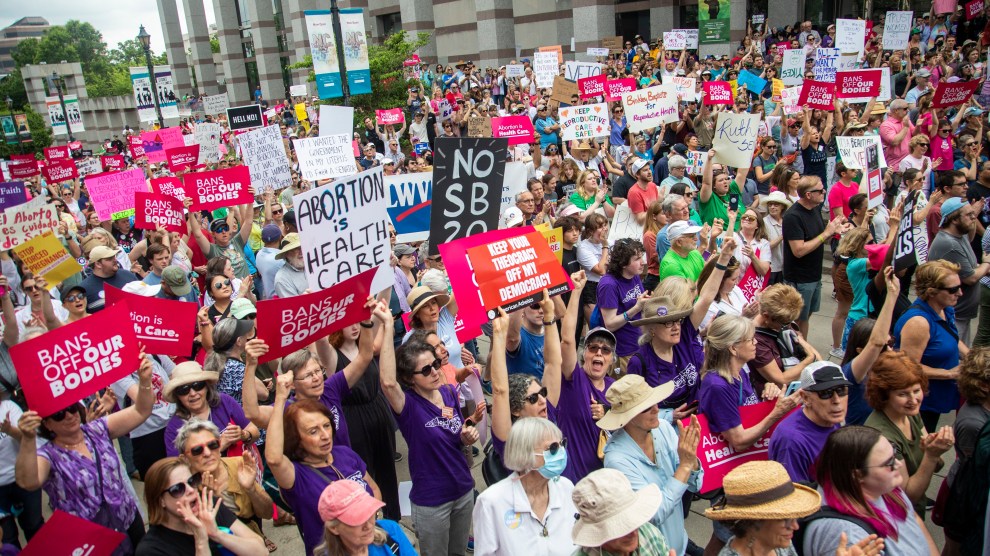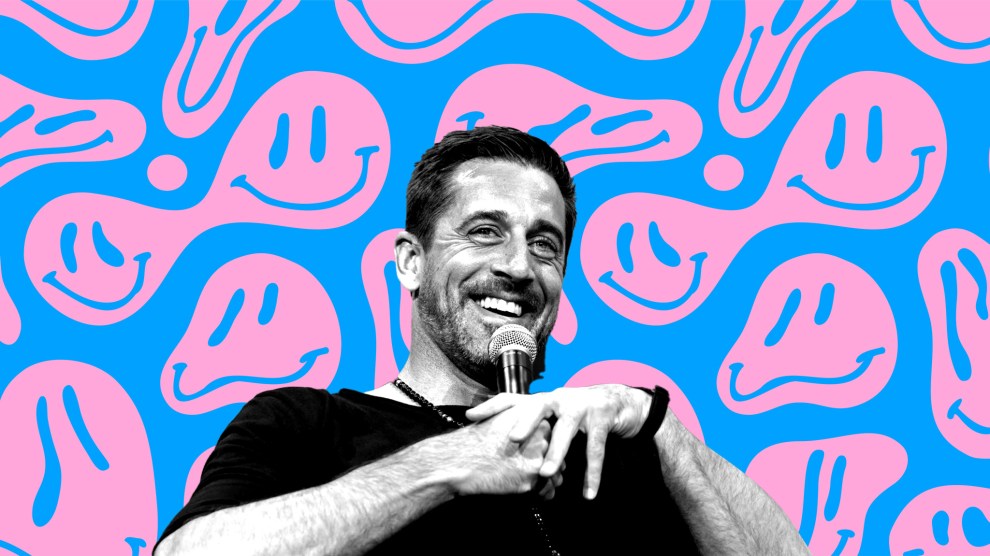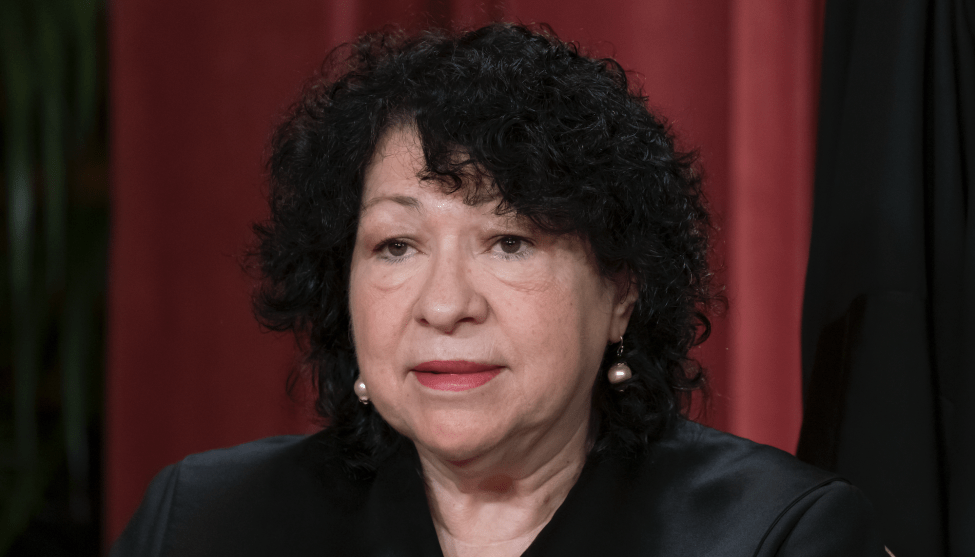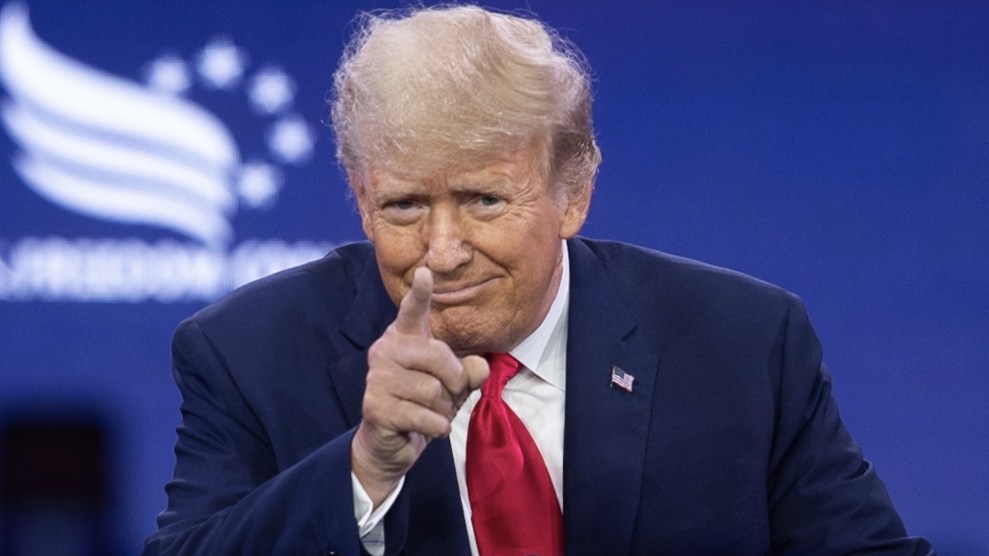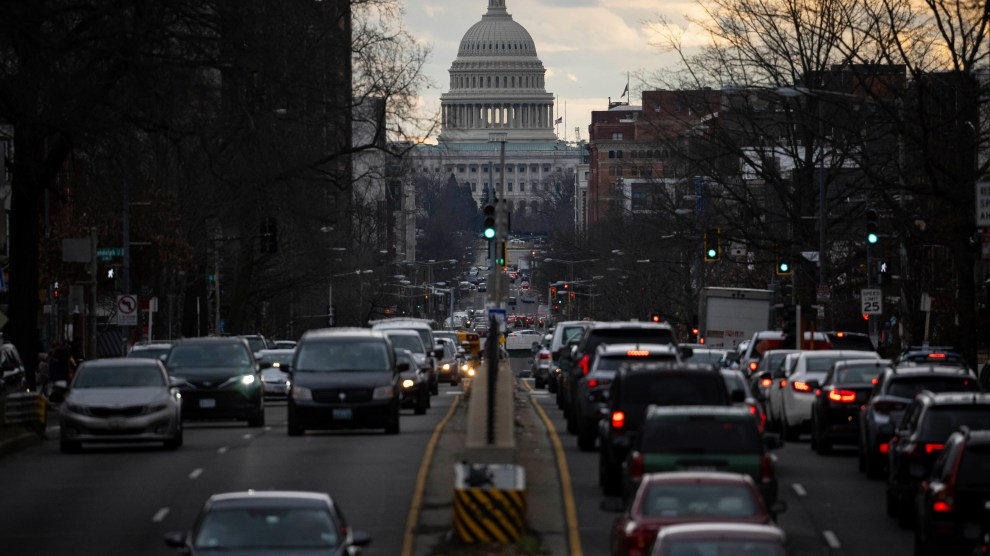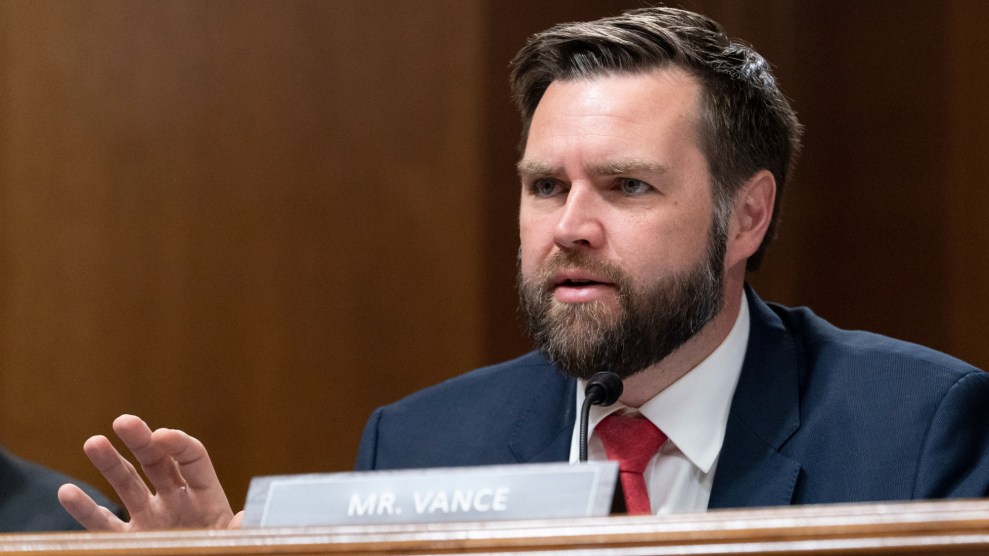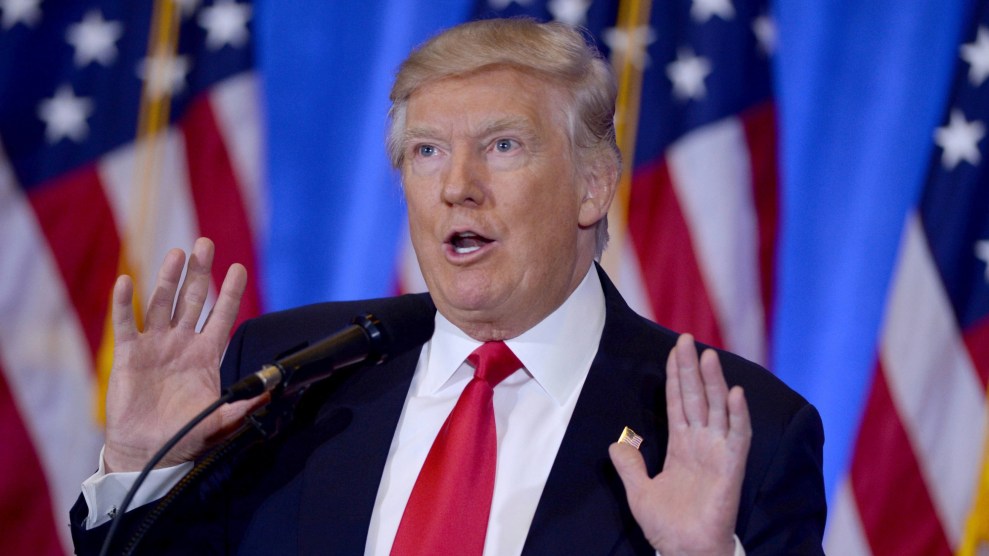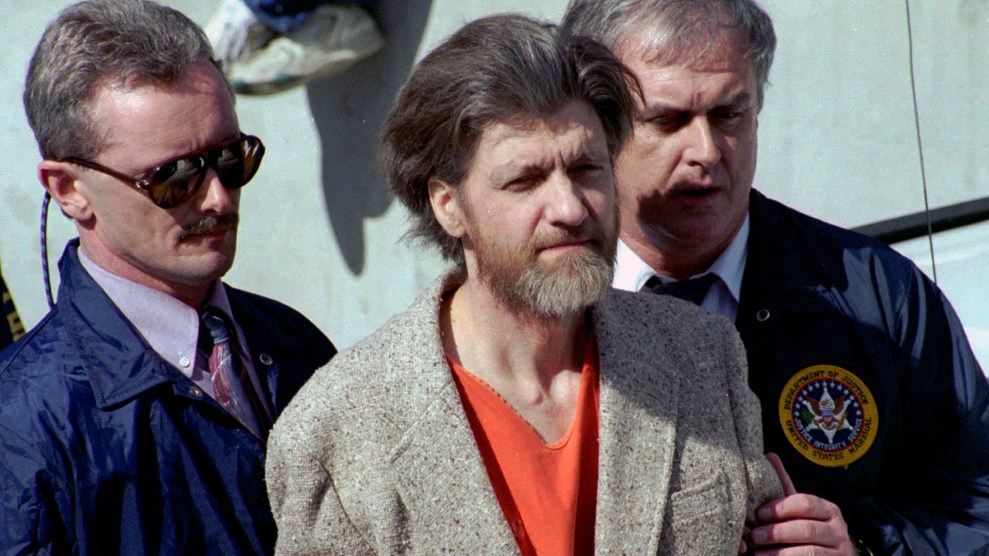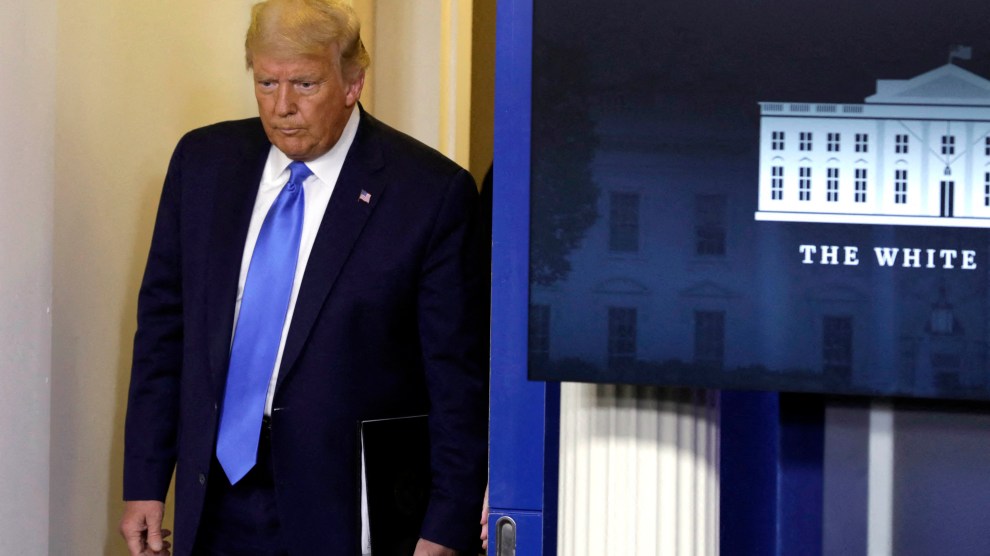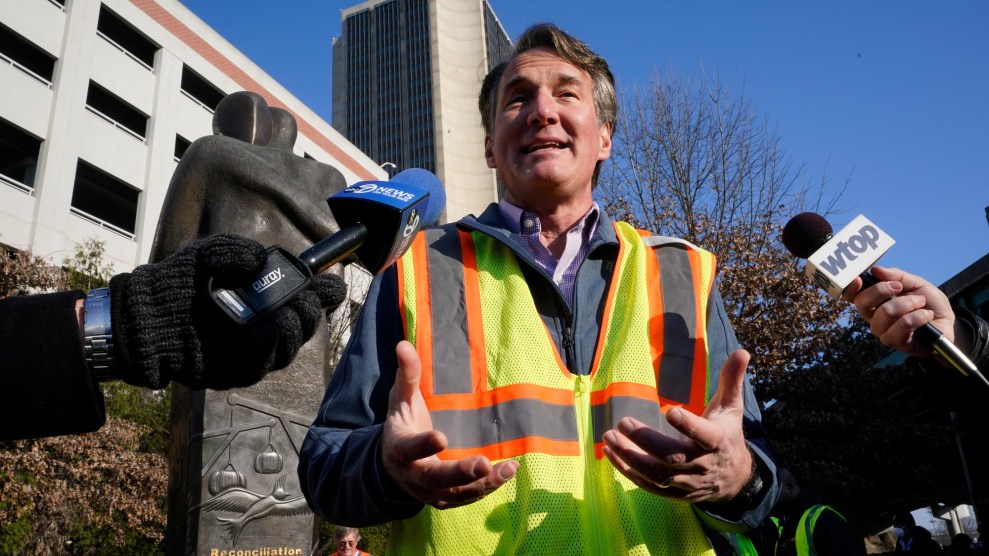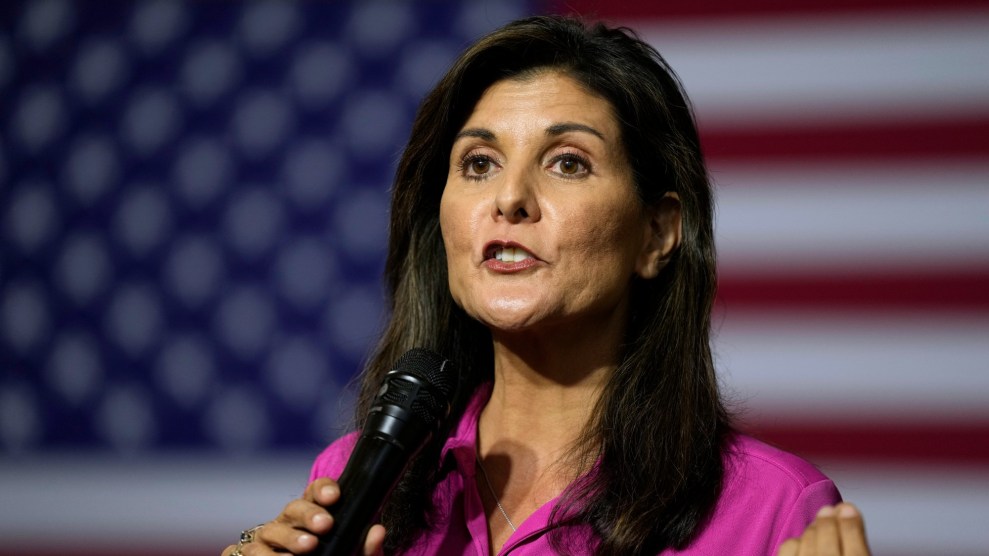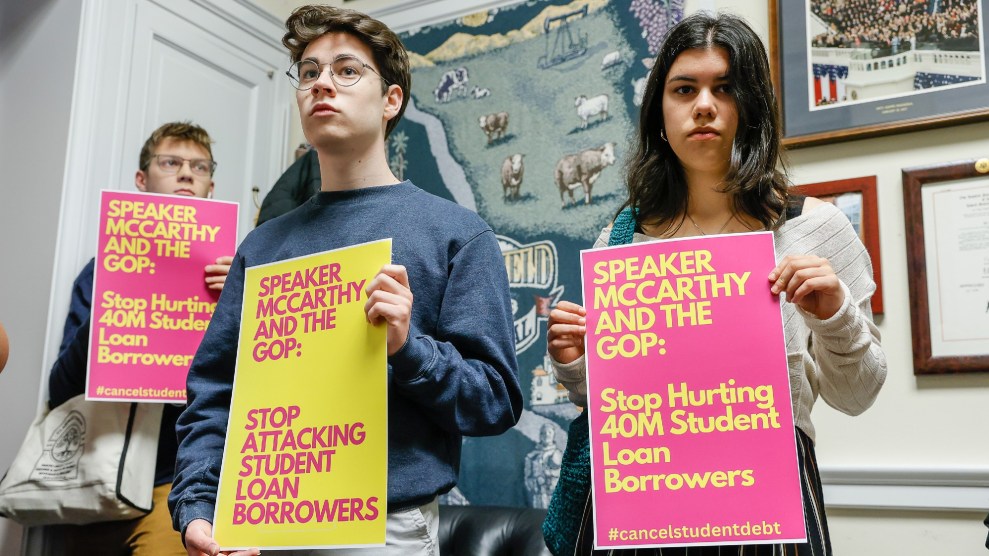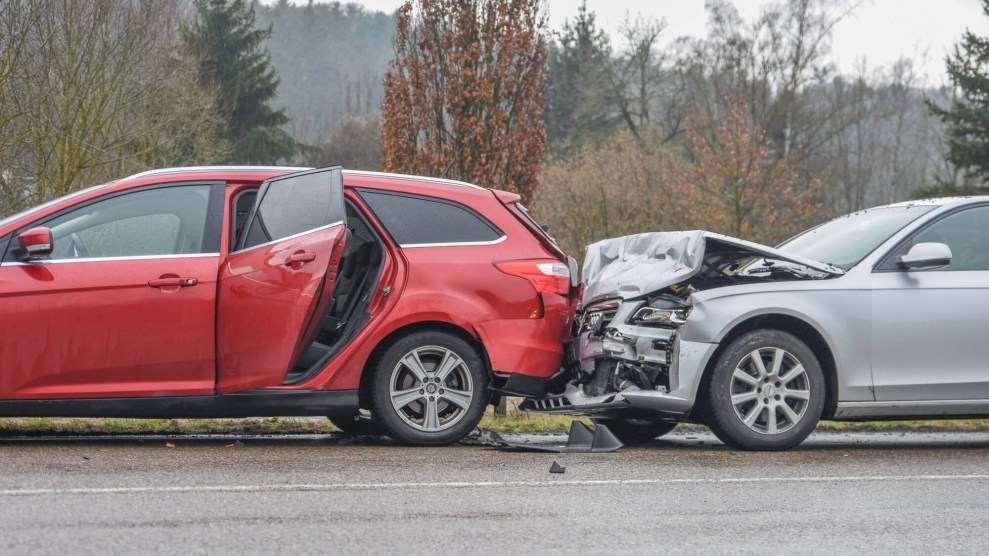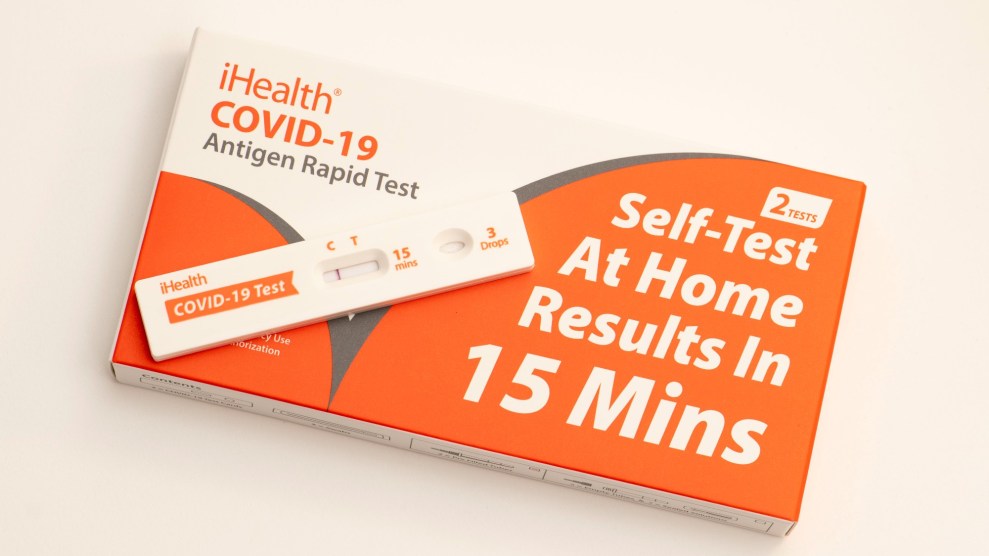
The MAGA crowd outside Mar-a-Lago.Evan Vucci/AP
After spending the weekend publicly screeching about the 37-count criminal indictment over his mishandling of classified documents, former president Donald Trump is set to be arraigned at a federal courthouse in Miami tomorrow. The appearance will mark Trump’s second surrender in a little over two months. Once the arraignment wraps up, the former president—just as he did after his first arrest in April—is expected to deliver an evening speech from one of his golf clubs. The next day, Trump will celebrate his 77th birthday.
The federal indictment is nothing short of unprecedented. But as with nearly everything relating to Donald Trump, the threat of exhaustion—and even worse, indifference—looms. Who could blame anyone after surviving the relentless everyday bile from the Trump White House, two impeachments, and endless scandal? So here’s a helpful download on what to know, the stunning and the stupid, as the first former US president prepares to surrender to federal charges so damning that if even half is true, his own attorney general believes he is “toast.”
Ok, I truly haven’t paid attention to any of this. What’s going on? He is in trouble for boxes? And didn’t he already get indicted?
Oh wow. Deep breath. First of all, Trump was indicted in April on another matter. That was about his payoff of Stormy Daniels. (You can read a ton of backstory about that here—but also don’t, because that isn’t what’s going on right now.)
Last week, Trump was indicted for the second time (and the first time federally) for what you mentioned: boxes. As we reported, Trump left the White House with hundreds of documents that the National Archives and Records Administration considers federal records. In the indictment—you can read the full thing here—the Department of Justice describes the mishandling of those documents. It’s serious stuff. But also, sorry, pretty funny and wild. As I wrote previously, look at this photo of a bunch of documents stacked in a bathroom. For a full analysis of the indictment, my colleague David Corn has you covered.
But the topline is this: Tomorrow, Trump has to go to a courthouse in Miami because he reportedly took materials from his time in the White House—including sensitive ones that are labeled as secret—to his home in Florida and when he was told to give them back, there was some lying.
Cool. That sounds bad. I’m sorry to be so blunt but could Donald Trump actually go to prison this time?
That’s complicated. One of the many distinguishing features of this indictment, at least with respect to Trump’s previous legal troubles, is the real potential for a prison sentence, with prosecutors accusing Trump of violating the Espionage Act by willfully keeping—and refusing to return—classified information. Vox reports that each count related to Espionage Act violations carries a maximum sentence of up to 10 years. But Trump has not been tried or convicted yet. So at this point, though the threat of prison time may be real, the discussion of a sentence is premature. He’s also vowed to continue his 2024 run for president even if he is convicted. “I’ll never leave,” he told Politico in a deranged interview.
I think I saw someone else got in trouble too. Who is the other person that got indicted with Trump?
That man is Waltine Nauta. You can think of him as a more buff Gary Walsh, an aide described as both a body man and butler to the former president. Nauta is a former Navy veteran, who the Wall Street Journal reports became Trump’s primary Diet Coke fetcher. Federal investigators identified Nauta in surveillance footage moving boxes at Mar-a-Lago before and after they were requested as a part of the ongoing investigation. The New York Times reports that a December 2021 incident suggested that Nauta likely knew that the boxes contained classified information. But he denied information about the boxes’ movement, which investigators say was a lie. He now faces six federal charges for his devotion to Trump. Here’s a sad paragraph from the Times report:
Former aides to Mr. Trump who observed Mr. Nauta closely said that unlike many who have gotten close to Mr. Trump over the years, Mr. Nauta did not seem to be working a “side hustle” to monetize or get famous from his access to the former president.
He now finds himself in a position several others have: attached to Mr. Trump as he’s targeted by prosecutors.
So, what kind of secrets are we talking about?
According to the unsealed indictment, everything from nuclear secrets to military plans. Some documents were even marked as part of something called Five Eyes, which my colleague Jacob Rosenberg tells me started as a War War II alliance for signal intelligence between the US and the United Kingdom (initially used to crack Japanese codes) that has continued—adding New Zealand, and Canada—to allow the coordination of espionage among allies. These boxes were allegedly strewn about Mar-a-Lago. Some were stuffed into that grotesque bathroom I mentioned above.
Set the scene for tomorrow.
According to Trump, the hearing starts at 3 pm ET—and you can fully expect intense security.
While the protests outside Trump’s first arraignment in New York were peaceful—in fact, they were really more of an open call for a bad performance art piece—tomorrow’s appearance is sparking serious concerns of violence. (It’s useful to remember that this is happening in far more Trump-friendly territory, where this sort of thing happens whenever Trump is in trouble. And that this is about something related to the so-called Deep State instead of hush money.)
It doesn’t help that the former president and his allies, including Kari Lake, have ginned up the dangerous rhetoric in recent days. “If you want to get to President Trump, you’re going to have to go through me,” Lake said on Friday, “and you’re going to have to go through 75 million Americans just like me. And I’m going to tell you, most of us are card-carrying members of the NRA.”
I heard something hilarious is happening with Trump’s lawyers.
Yes. One day after the federal indictment was unsealed, two of Trump’s lawyers who had been representing him in this classified documents legal drama resigned. There’s the matter of Evan Cocoran, a potentially critical witness in this very case. As the Guardian reported last month:
Donald Trump’s lawyer tasked with searching for classified documents at Mar-a-Lago after the justice department issued a subpoena told associates that he was waved off from searching the former president’s office, where the FBI later found the most sensitive materials anywhere on the property.
The lawyer, Evan Corcoran, recounted that several Trump aides had told him to search the storage room because that was where all the materials that had been brought from the White House at the end of Trump’s presidency ended up being deposited.
Who is the judge in this case?
Aileen Cannon, a Trump-appointed federal judge, is presiding over this one which has many concerned. Last year, Cannon delivered Trump several shocking victories in the case.
Who is the other person I see on TV who seems official? Who is that guy and does he have a specific hobby?
Jack Smith is the special counsel pursuing criminal charges against Trump. He does have a hobby. Described by friends as an “insane cyclist,” the special counsel is quite fit for someone who presumably sits in an office all day, tying together the endless ways that Trump may have broken the law. The public got a rare glimpse of Smith on Friday when he gave a short but decisive statement on the criminal charges he’s brought against the former president. “We have one set of laws in this country and they apply to everyone,” he said. Here are his triathlon times.
Did any of this have to happen?
No. As Maggie Haberman noted this morning, the National Archives had asked Trump to return the documents for almost a whole year. His lawyers had reportedly urged him to keep things simple and comply. Did he take the advice? Of course not. Now the world is forced to keep tabs on yet another Trump shitstorm of his own making; the inexorable march of time trudges on.
This post has been updated.






